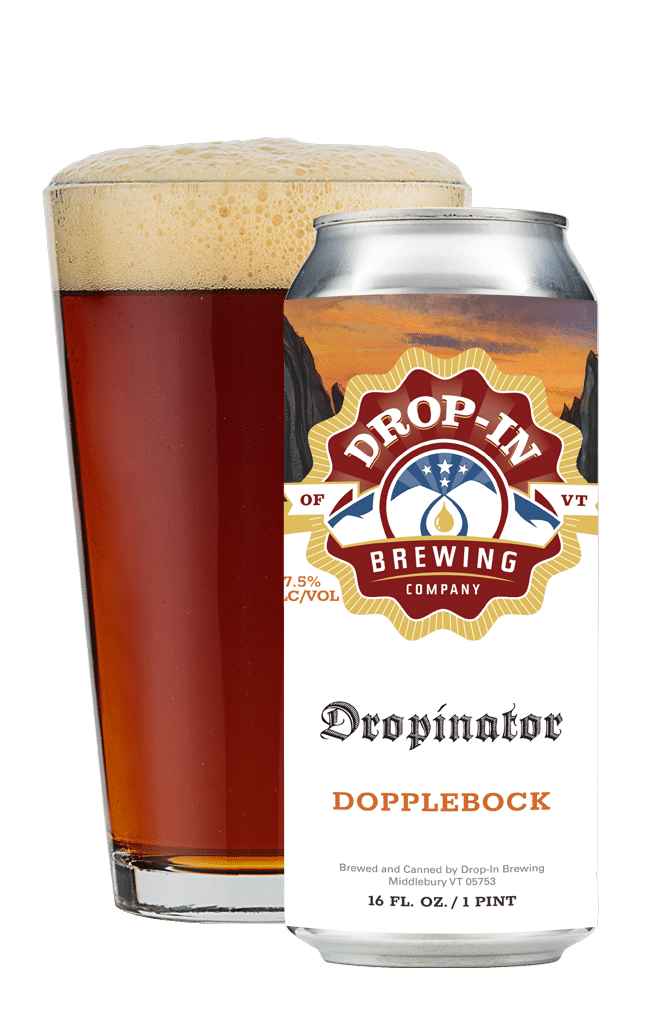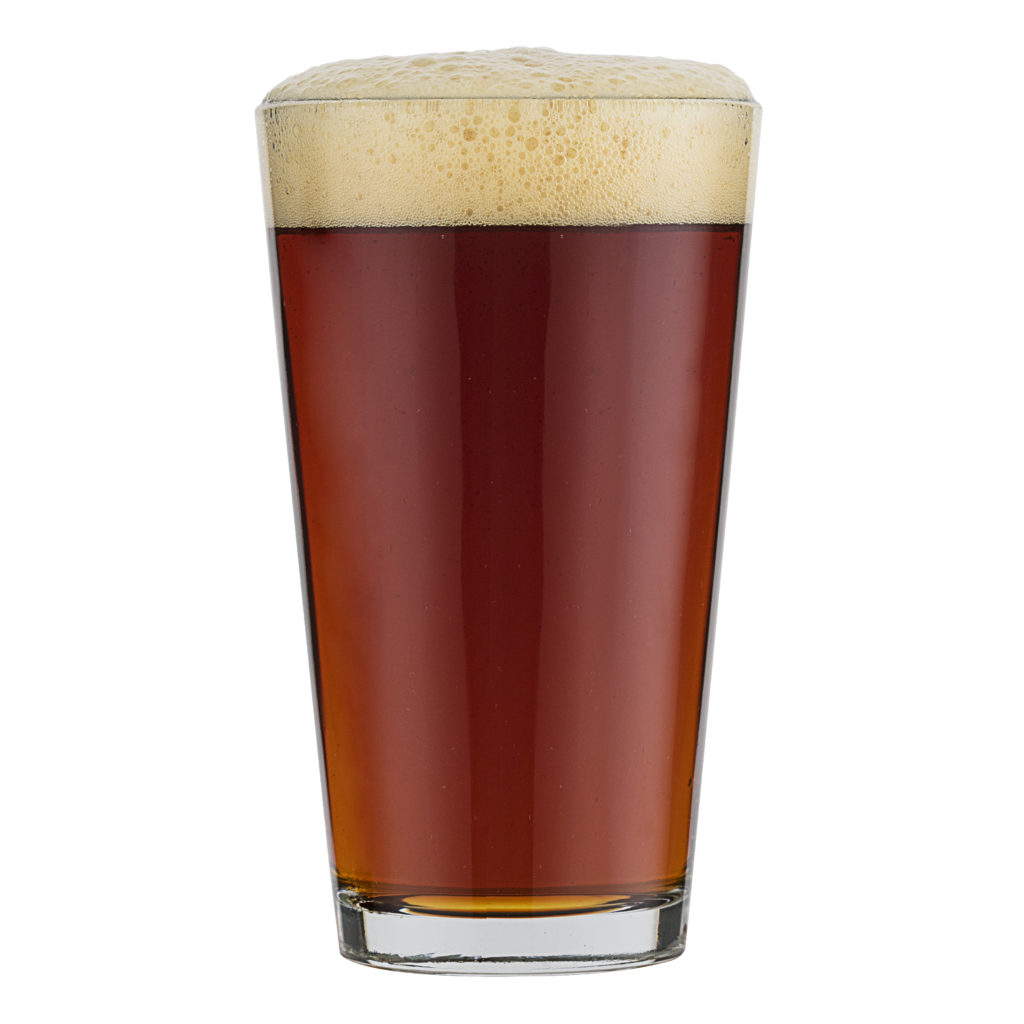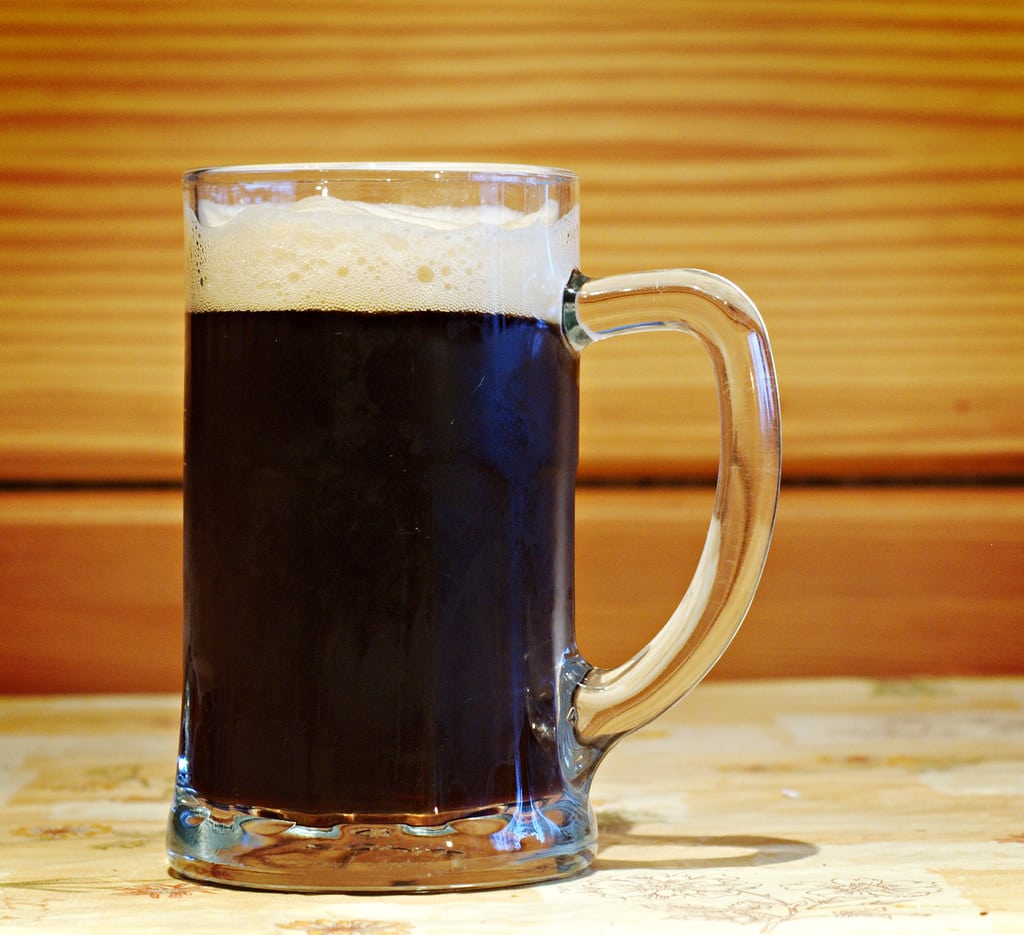Some thoughts on the issue of turbidity
Two main causes in beer.
- Yeast left behind in the beer deliberately by the brewer. This is caused by not filtering or fining the beer which is the traditional method by which brewers present a clear product. The residual yeast will settle to the bottom of the container over time. This can cause the entire yeast content of the container to be dispensed in a couple of glasses making for an unpleasant drinking experience for the unlucky customer, and an inconsistent one for everyone else.
- Haze caused by the complex formed by oxidized tannins and protein in the beer. Again the brewer has traditionally removed this with cold filtration, or treatment with selective adsorbtion agents. Small soluble tannins, or proanthocyanogens, arrive in beer via the malt husk or via hops. A lot of new brewers are looking to push past the boundaries of what have traditionally been acceptable levels of hopping, as a selection of enthusiastic customers has demanded a more challenging beer drinking experience. New varieties of hop with aggressive aromas are being added to beers in amounts never before seen, resulting is beers with a haze that cannot be removed without using exhaustive methods.
Clarification
 Brewers can remove yeast and precipitated haze particles using a number of methods. The oldest method was to chill the beer then wait…. a very long time it turns out. Filtration can be used to remove yeast and haze, along with contaminating bacteria that will cause the beer to sour. English brewers make and sell cask conditioned beer, a beer that has undergone a secondary maturation in the barrel from which it is served. This beer is clarified with the use of a fining agent, historically isinglass, which causes the yeast to sediment out more quickly, and since the beer is not served “cold” chill haze is not an issue. There are a number of brewers brewing beers dry hopped with a large charge of aroma hops, and they are able to achieve good clarity. These brewers employ centrifuges, diatomaceous earth filtration, sheet filtration, and fining agents to achieve clarity without sacrificing intense hop aroma and flavor. It’s also fair to say there are others who lack the equipment or ability to present an intensely hoppy beer and to have it clear. Then there are those who feel that delivering an undiluted, overwhelming hop experience is their intent, and who refuse to compromise that experience in return for clarity. They have done a good job in selling the public that clarity is unimportant in a beer, and have been successful in motivating a vocal group of fans to spread that message. Brewers who don’t filter take on the added risk that not filtering beer brings. Such as the risk of souring due to contamination, off flavors from yeast autolysis, and buttery off flavors from dirty draft lines. Provided the beer is sold and consumed very quickly those should not be an issue, so the education process that already turns fans into advocates must also include the message about the imperative of freshness.
Brewers can remove yeast and precipitated haze particles using a number of methods. The oldest method was to chill the beer then wait…. a very long time it turns out. Filtration can be used to remove yeast and haze, along with contaminating bacteria that will cause the beer to sour. English brewers make and sell cask conditioned beer, a beer that has undergone a secondary maturation in the barrel from which it is served. This beer is clarified with the use of a fining agent, historically isinglass, which causes the yeast to sediment out more quickly, and since the beer is not served “cold” chill haze is not an issue. There are a number of brewers brewing beers dry hopped with a large charge of aroma hops, and they are able to achieve good clarity. These brewers employ centrifuges, diatomaceous earth filtration, sheet filtration, and fining agents to achieve clarity without sacrificing intense hop aroma and flavor. It’s also fair to say there are others who lack the equipment or ability to present an intensely hoppy beer and to have it clear. Then there are those who feel that delivering an undiluted, overwhelming hop experience is their intent, and who refuse to compromise that experience in return for clarity. They have done a good job in selling the public that clarity is unimportant in a beer, and have been successful in motivating a vocal group of fans to spread that message. Brewers who don’t filter take on the added risk that not filtering beer brings. Such as the risk of souring due to contamination, off flavors from yeast autolysis, and buttery off flavors from dirty draft lines. Provided the beer is sold and consumed very quickly those should not be an issue, so the education process that already turns fans into advocates must also include the message about the imperative of freshness.
![Drop In Brewing [Prod]](https://dropinbeer.com/wp-content/themes/dropin/dist/img/logos/drop-in-logo.svg)



